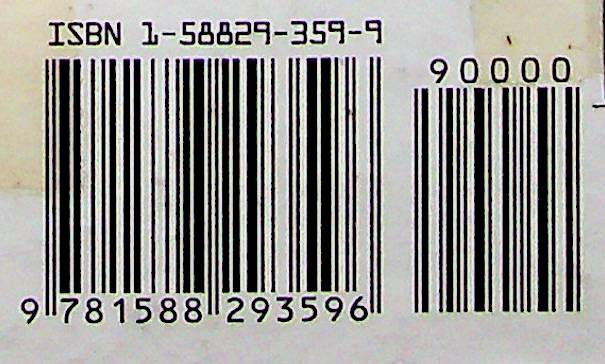The past 30 years have seen the emergence worldwide of a growing desire to take positive actions to restore and protect the environment from the degrading effects of all forms of pollution: air, noise, solid waste, and water. Since pollution is a direct or indirect consequence of waste, the seemingly idealisticdemand for "zero discharge" can be construed as an unrealistic demand for zero waste. However, as long as waste exists, we can only attempt to abate the subsequent pollution by converting it to a less noxious form. Three major questions usually arise when a particular type of pollution has been identified: (1) How serious is the pollution? (2) Is the technology to abate it available? and (3) Do the costs of abatement justify the degree of abatement achieved? The principal intention of the Handbook ofEnvironmental Engineering series is to help readers to formulate answers to the last two questions.The traditional approach of applying tried-and-true solutions to specific pollution problems has been a major contributing factor to the success of environmental engineering, and has accounted in large measure for the establishment of a "methodology of pollution control." However, realization of the ever-increasing complexity and interrelated nature of current environmental problems renders it imperative that intelligent planning of pollution abatement systems be undertaken. Prerequisite to such planning is an understanding of the performance, potential, and limitations of the various methods of pollution abatement available for environmental engineering. In this series of handbooks, we will review at a tutorial level a broad spectrum of engineering systems (processes, operations, and methods) currently being utilized, or of potential utility, for pollution abatement. We believe that the unified interdisciplinary approach in these handbooks is a logical step in the evolution of environmental engineering. The treatment of the various engineering systems presented in Advanced Air and Noise Pollution Control will show how an engineering formulation of the subject flows naturally from the fundamental principles and theory of chemistry, physics, and mathematics. This emphasis on fundamental science recognizes that engineering practice has in recent years become more firmly based on scientific principles rather than its earlier dependency on the empirical accumulation of facts. It is not intended, though, to neglect empiricism when such data lead quickly to the most economic design; certain engineering systems are not readily amenable to fundamental scientific analysis, and in these instances we have resorted to less science in favor of more art and empiricism.Since an environmental engineer must understand science within the context of application, we first present the development of the scientific basis of a particular subject, followed by exposition of the pertinent design concepts and operations, and detailed explanations of their applications to environmental quality control or improvement. Throughout the series, methods of practical design calculation are illustrated by numerical examples. These examples
5
Advanced Air and Noise Pollution Control
Lawrence K. Wang, PhD, pe, dee. Norman C. Pereira, PhD. & Yung-Tse Hung, PhD, pe, dee
Penerbit :
Humana Press Inc.
Tahun :
2005
Buku Text
-
No Scan109
-
No Klasifikasi628
-
ISBN
-
ISSN
-
No Registrasi013A/I/2008
-
Lokasi Terbit
-
Jumlah Hal54
-
Label628 Wan
-
Versi DigitalTIDAK
-
Versi FisikTIDAK
-
Lokasi Rak Buku Fisik//
-
Jumlah Exemplar Fisik Tersedia-






